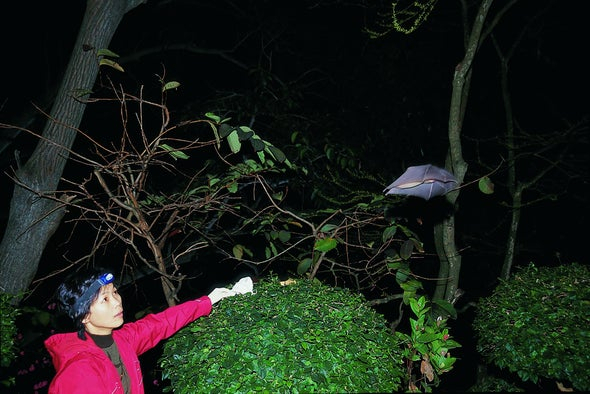The Wuhan Institute of Virology became the centre of debate as many experts and officials claimed that the novel Coronavirus has escaped from the lab before infecting millions of people. But a US researcher who had worked with Wuhan Institute of Virology has revealed four reasons why a Coronavirus leak from the Chinese lab would be extremely unlikely.
The former researcher at Wuhan lab recently revealed that "I know that we worked together to develop very stringent safety protocol and it's highly unlikely this was a lab accident."
The researcher who explained it all

Jonna Mazet is an epidemiologist at the University of California, Davis. She has worked with trained WIV researchers in the past. She told the Business Insider that she had met and worked with China's famous "bat woman", Shi Zhengli, a virologist at Wuhan Institute of Virology, through PREDICT, a pandemic early-warning program by the US Agency for International Development. This program had trained staff of the funded 30 labs globally including the controversial Wuhan lab. But the program was called off by the US President Donald Trump in last fall.
While talking about Shi, Mazet said, "I've spoken to her recently. She is absolutely positive that she had never identified this virus prior to the outbreak happening." She also mentioned that the famous Chinese researcher has set up a secure database into which members of PREDICT could upload their work for public release.
Even though she has not personally visited the Wuhan lab, Mazet stated that "In the field, they wear extreme personal protective equipment, including multiple layers of gloves, eye protection, full bodysuits, and masks." In addition, she mentioned about the samples from bats which are immediately after collection split between some vials that contain chemicals which deactivate the virus and other containers that keep the virus alive.

Since she had communicated with Shi, Mazet knew about the details of the research process in Wuhan. She said that soon all collected samples dunked into liquid nitrogen on the spot that freezes the viruses and then vials are disinfected and transported to the lab. As per her, all the scientists wearing personal protective equipment (PPE) unload the samples into a freezer set to minus 80 degree Celsius. During the research, scientists only use deactivated, non-infectious ones, while the vials with viable viruses ate locked down in a specific area.
Mazet added that the caves and wild habitats in which virus samples get collected from bats are dangerous places for people as humans can get exposed to the live viruses. In terms of Shi's research, these caves and other places were navigated in full PPE, while one the other hand, tourists, hunters and poachers who rely on this wildlife for food or trade, get inside such places with less protective measures.
It should be noted that as per NPR, Peter Daszak, president of EcoHealth Alliance that manage PREDICT's relationship with the Wuhan lab said that his colleagues are "finding 1 to 7 million people exposed" to zoonotic viruses in Southeast Asia each year and added that "That's the pathway. It's just so obvious to all of us working in the field."








